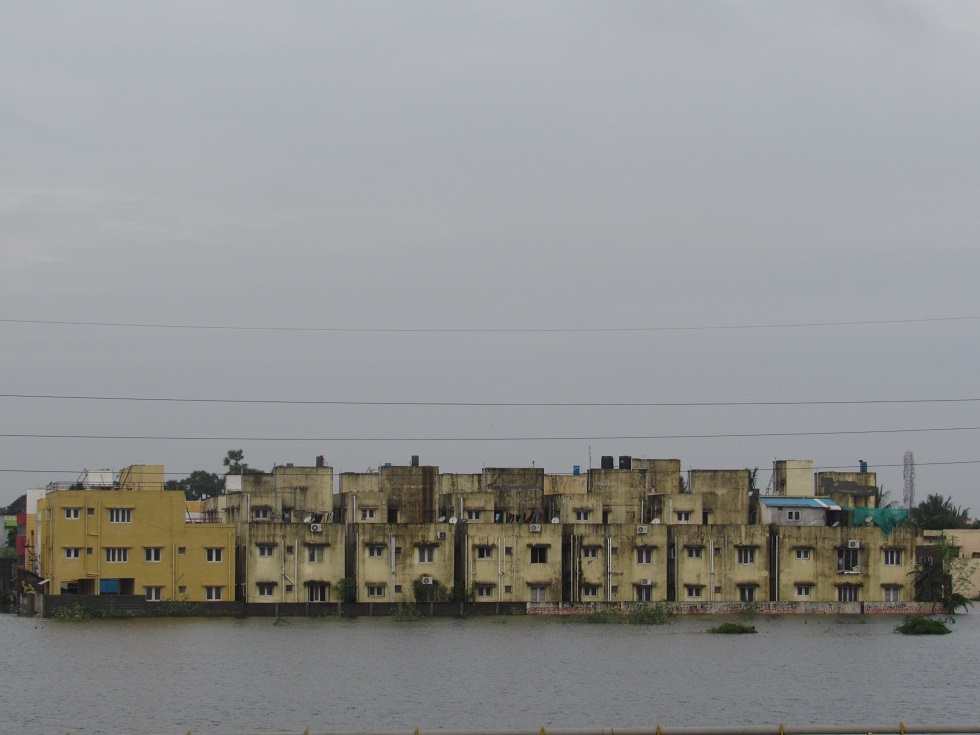In
business literature ‘leadership’ has always been an important topic considering
that, it is what leadership envisions that the organization delivers. In recent
times there have been many ways that ‘leadership’ has been looked at or
defined, making the qualities or traits of a leader, both complex and a really
long list.
In ‘Your company’s history as a leadership
tool’ by John T Seaman Jr& David Smith, the authors suggest that because
shared history is central to group identity, past experiences can be used to
unite and inspire people especially during challenging times. The leader is
expected to have a sophisticated understanding of the past to take the
organization into the future.I wonder if it is a contradictory argument,
however, GautamMukunda proves with his research that ‘The best leaders tend to
be outsiders who don’t have a great deal of experience’. His reference
‘outsiders’ and ‘experience’ refer to the organization. Many would suggest that
leaders having a great visioning ability would be of great value and surely
someone like Ramcharan would suggest that a grip on ‘execution’ would be really
necessary not just useful.
The
paradigm from which one views leadership characterizes the meaning of the term.
From leading people, leading organizational thought, to leading a situation,
there are many ways at looking at leadership. Taking control of the situation
rather than letting the situation take control of you is one way of looking at
leadership. VinayNadigauthor of the book ‘Leadership IS for everyone’ offers
many tips and tools for situational leadership.
To
prove the title of this article, I picked a few recent issues of the
illustrious Harvard Business Review and looked for articles which had the
expression ‘leadership’ or ‘leader’ in the title. Types of leaders, qualities
of a leader, tools for leaders are the most common genre of articles, with
‘what is leadership?’ making an intermittent appearance.
Leadership Qualities
DanialGoleman’s
1998 article ‘What makes a leader?’ discussed that apart from other things,
leaders need to have ‘emotional intelligence’, not surprising from
DanialGoleman, who in his famous book uses the Sanskritword ‘samaskara’ which
brings up another issue; whether leadership can be inherited with requisite
brain wiring, this issue is good for another piece.
Steve
Jobs was a leader who really pushed his people to their limits. His other ‘leadership’
qualities of Focus, simplify, take responsibility for end to end, Bend reality,
engage face to face, combine the humanities with the sciences, and the famous
stay hungry, stay foolish have all been elaborated by Walter Isaacson in his
article ‘The real leadership lessons of Steve Jobs’.
The
title of one column by Reymond Edwin MabusJr in the HBR is ‘To lead, you must
focus’, He describes the need for leaders to narrow focus the organizations
unique strength and role (Vision – my understanding). ‘Focus’ is also the
bedrock of Daniel Goleman’s article ‘the focused leader’; however he identifies
oneself, others and the wider world as three buckets for focus.
A
skills/situations matrix for a business leader would really be quite complex. ‘Strategic
Leadership: the essential skills’ by Paul.J.H. Schoemaker, Steve Krupp, and
Samantha Howland, identifies anticipate, Challenge,
interpret, decide, align and learn as key strategic leadership skills.
Types of leaders
Leadership
style is not a function of personality, it is a strategic choice is the belief
that Daniel Goleman shares in his article ‘Leadership that gets results’ which
classifies leadership styles based on the extant of each of the emotional
intelligence competencies needed for the situation. The coercive style,
authoritative style, affiliative style, democratic style, pacesetting style,
and the coaching style are different styles identified by Goleman.
In
a HBR blogpost from Dec 2013 Manfred F. R. Kets de Vries writes about the
eight archetypes of leadership and discusses the strategist,
change-catalyst, transactor (deal maker), builder, innovator, processor
(efficiency!), coach, and communicator.Manfred F. R. Kets de Vries has
also written about ‘Coaching the toxic leader’. This type of leader has ruined
organizations and was difficult to identify or tame in the past, thankfully
today’s organizations are easily able to identify such leaders more easily.
Nick
Lovegrove and Mathew Thomas in ‘Triple –Strength leadership’ discuss leaders
who are able move easily among business, government and social spheres. The
authors are convinced that a leader who is able to bridge the chasm between
these sectors is better suited to solve large scale problems which generally
encompass all these sectors. ‘Blue Ocean leadership’ by W.Chan Kim and Renee
Mauborgne, is not about values and qualities a good leader should have, it is
about actions and activities leaders need to focus on in the particular
organizational context.
Today
organizations are faced with a great poverty of values. In India, a combination
of the questionable undue focus on ‘market capitalization’ and the new social
order of degrading morals and values, begs for ‘Authentic leadership’ more than
anything else. While this was first popularised by a book by this title written
by Bill George in 2003 and is the kind of leadership that is most needed, not
much has been written about it in recent years, some buzz words just take a
back seat even if they are towering concepts that need to be celebrated and
spread every day. With the general battering ‘values’ are getting in society,
authenticity is a difficult discussion. Beyond authentic leadership is
‘spiritual leadership’ which is a concept that is creating some buzz.
In
NarendraModi’s famous Madison Square address he explicitly said that people
repeatedly ask him for a grand vision for India and he confesses that having
been a street tea vendor, he has only tasks to do and not any grand vision.
This received great applause from the audience and received positive critical
acclaim.
Leadership
thankfully offers great diversity and offers great opportunity for creativity
and being the ‘real’ oneself.
http://www.thehindu.com/todays-paper/tp-features/tp-opportunities/what-does-it-take-to-lead/article6806748.ece

















